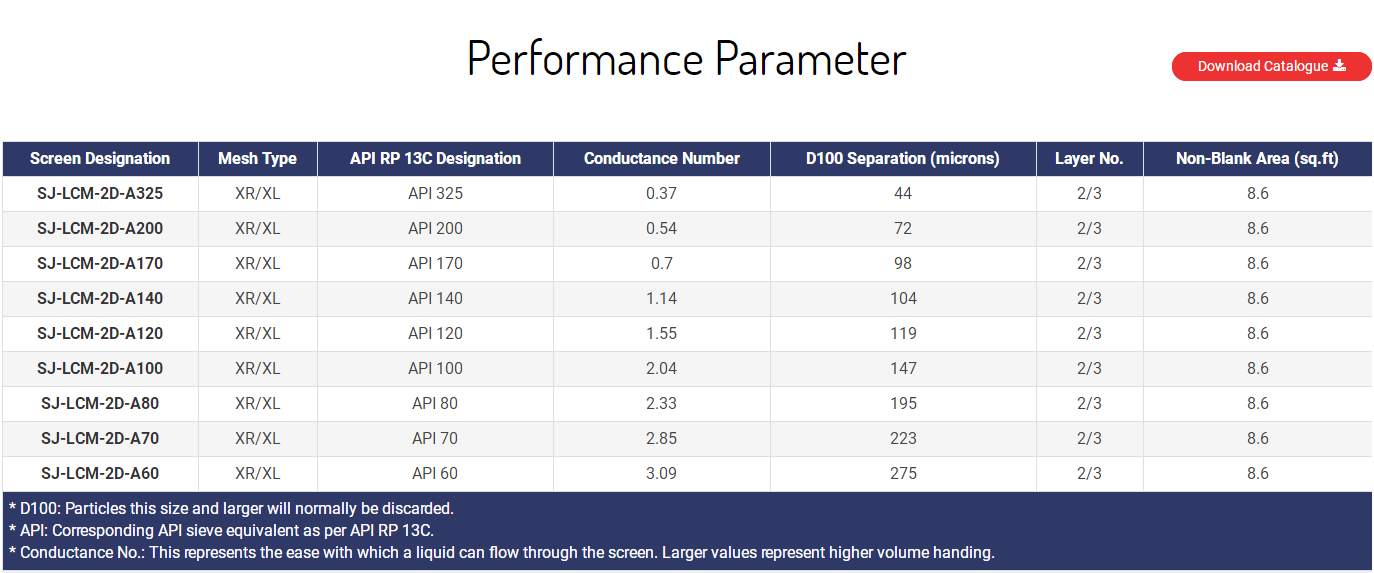Chemical treatment of refractory copper ore
Copper oxide minerals due to poor floatability, especially when the copper ore was difficult to float chrysocolla, cuprite and form ferric hydroxide is aluminum manganese silicate impregnate copper or copper was bound forms Existence, copper mineral inlay particle size is very fine, combined with high copper content, when the content of slime is too much, it is difficult to obtain ideal technical and economic indicators by flotation treatment. At this time, the copper can be recovered by chemical beneficiation method.
The refractory copper ore treated by chemical beneficiation method is: often exists on the surface of many copper ore bodies, sometimes into a relatively developed oxidation zone; in some mines, large quantities of copper-bearing waste rock are stored in the early stage of large-scale mining (low grade) Copper ore); at the end of production, there will be copper-bearing residuals that cannot be produced; some flotation plants have old tailings with high copper content.
For the treatment of refractory copper mineral raw materials, the choice of chemical beneficiation method mainly depends on the phase composition of copper in the ore, surrounding rock characteristics and ore structure and other factors. If the gangue is an acidic rock and the copper mineral is a secondary copper mineral, the ore may be decomposed with dilute sulfuric acid; if the ore contains a considerable amount of copper sulfide mineral and natural copper in addition to the secondary copper mineral, The ore is decomposed by oxidizing acid leaching (hot pressure oxyacid leaching, high-priced salt leaching, bacterial leaching) or oxidative roasting-acid leaching. If the alkaline rocks predominantly gangue, secondary copper minerals and copper can be used as a general decomposition of ammonia leaching of copper metal when present; hot ammonia is decomposed if leaching also contains a considerable amount of copper sulphide minerals. If the copper in the ore is in the form of copper silicate or bound copper which is difficult to decompose, it can be treated by reduction roasting-ammonia leaching or segregation.
According to the characteristics of the immersion liquid obtained by decomposing copper ore and the requirements on the product form, the immersion liquid can be separately used by the method of iron smelting, sedimentation-flotation, direct electrowinning, extraction-electrowinning and distillation-precipitation. Copper is recovered and the copper is generally recovered by flotation.
When leaching, depending on the ore characteristics and specific conditions, respectively, the percolation tank immersion, the earth immersion, the heap leaching and various agitation leaching processes may be employed. In-situ leaching and heap leaching are used to treat low-grade copper ore and waste rock. The leaching period is long and the leaching rate is low. The leaching tank and the leaching leaching are used to treat oxidized ore or mixed ore with copper grade higher than 0.5%. The cycle is short, the copper recovery rate is high, and the leaching of the rich liquid copper contains a basin height, and the copper can be directly recovered by electrowinning.
The common chemical treatment methods for refractory copper ore can be summarized as follows:
(1) leaching a replacement electromagnetism;
(2) leaching-extraction-electrodeposition (LXE method) (including roasting-leaching-extracting-electrolysis);
(3) Leaching-precipitation-flotation (LPE method);
(4) Separation-flotation method.
Brandt BLT-50/LCM-2D Shaker Screen
Replacement Flat Screens for Brandt BLT-50/LCM-2D Shakers
SJ-Brandt BLT-50 /LCM-2D shaker screen are constructed with two or three layers of 304 or 316 stainless steel wire mesh cloth, and then combined together with a steel backing plate. This type of shaker screen is produced for the replacement screen for Brandt BLT-50/LCM-2D (bottom basket) shale shaker. Mesh size range is from API 20 to API 325. The screens vary greatly in size and shape for different layers. Thus, the intensity and endurance of the screen have been infinitely enhanced, so as to achieve maximum solids removal efficiency.
Technical Parameter
- Mesh Material: stainless steel 304/316/316 L.
- Frame Material: Q235 steel.
- Screen Type: XL, XR.
- API RP 13C Designation: API 20–API 325.
- Package: Packed in paper carton, shipped by wooden case.
Adaptable Shale Shaker Model
SJ-Brandt BLT-50 /LCM-2D shaker screen are used as the substitute screen for
- Brandt BLT-50 shale shaker.
- Brandt LCM-2D shale shaker.
Competitive Advantage
- Reliable, low-maintenance, trouble-free operation.
- Specialty design for maximum solids removal efficiency.
- Integrated drying screen for fine screen deck.
- Manufactured according to the API RP 13C (ISO 13501).
- Scientific & reasonable cost control system for competitive price.
- Adequate inventory in the shortest time to meet customers' demand.

Remarks:
Brandt, BLT-50, LCM-2D are marks of Varco I/P, Inc.
ShengJia only produces the replacement screens but not original from Brandt.


Brandt Blt-50 Shaker Screen,Brandt Blt-50/Lcm-2D Shaker Screen,Brandt Blt-50/Lcm-2D Shale Shaker Screen,Brandt Blt-50/Lcm-2Doil Shale Shaker Screen
Anping Shengjia Hardware Mesh Co.,ltd , https://www.oilshakerscreen.com